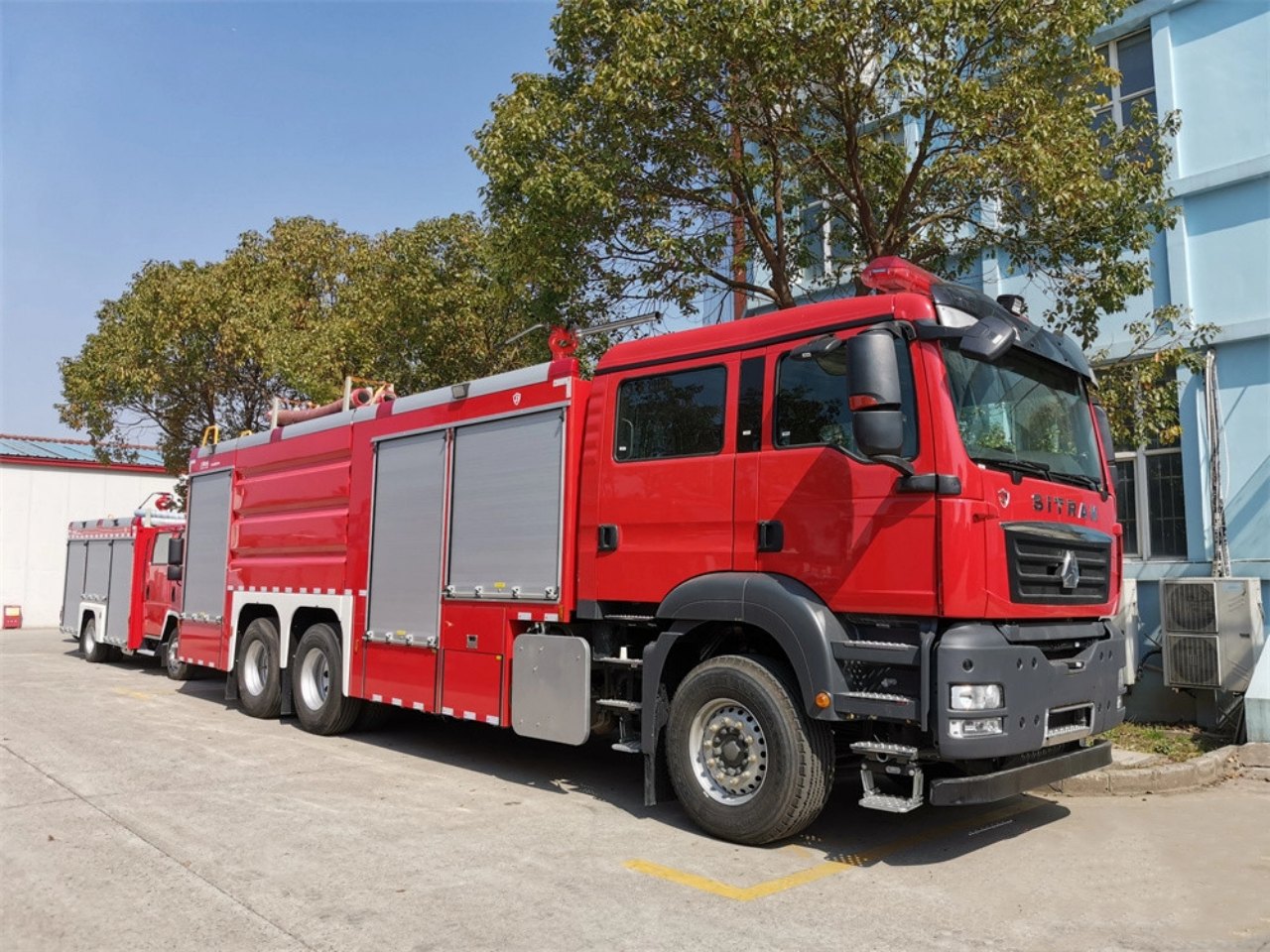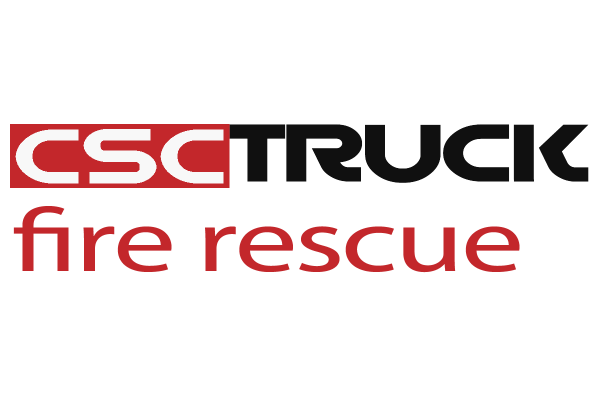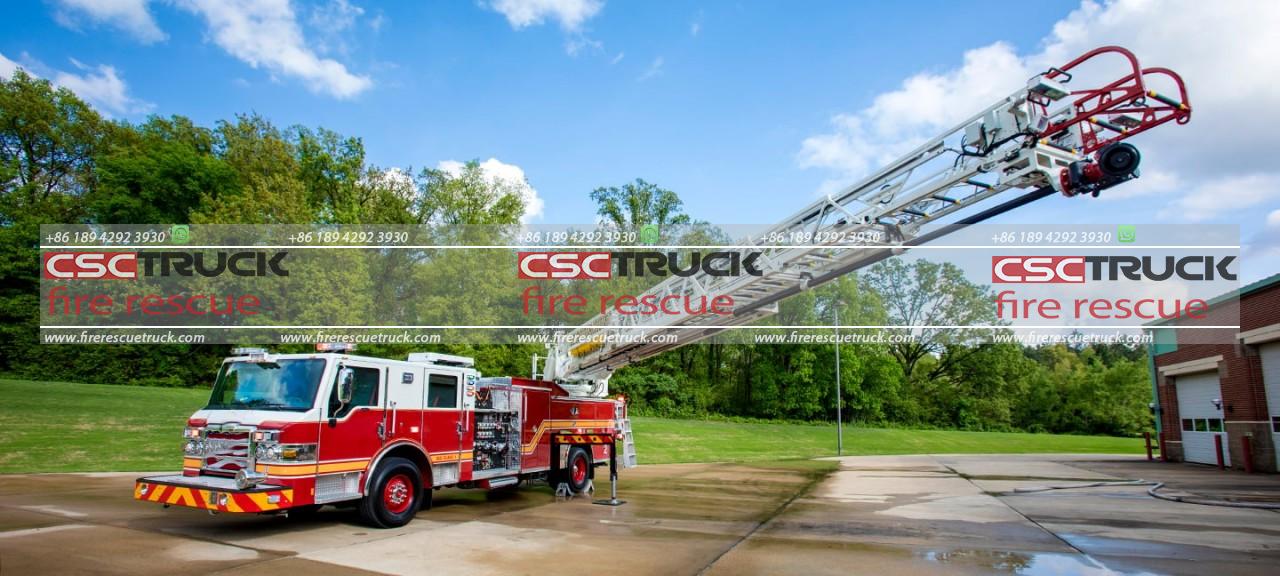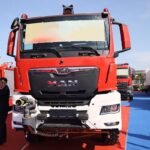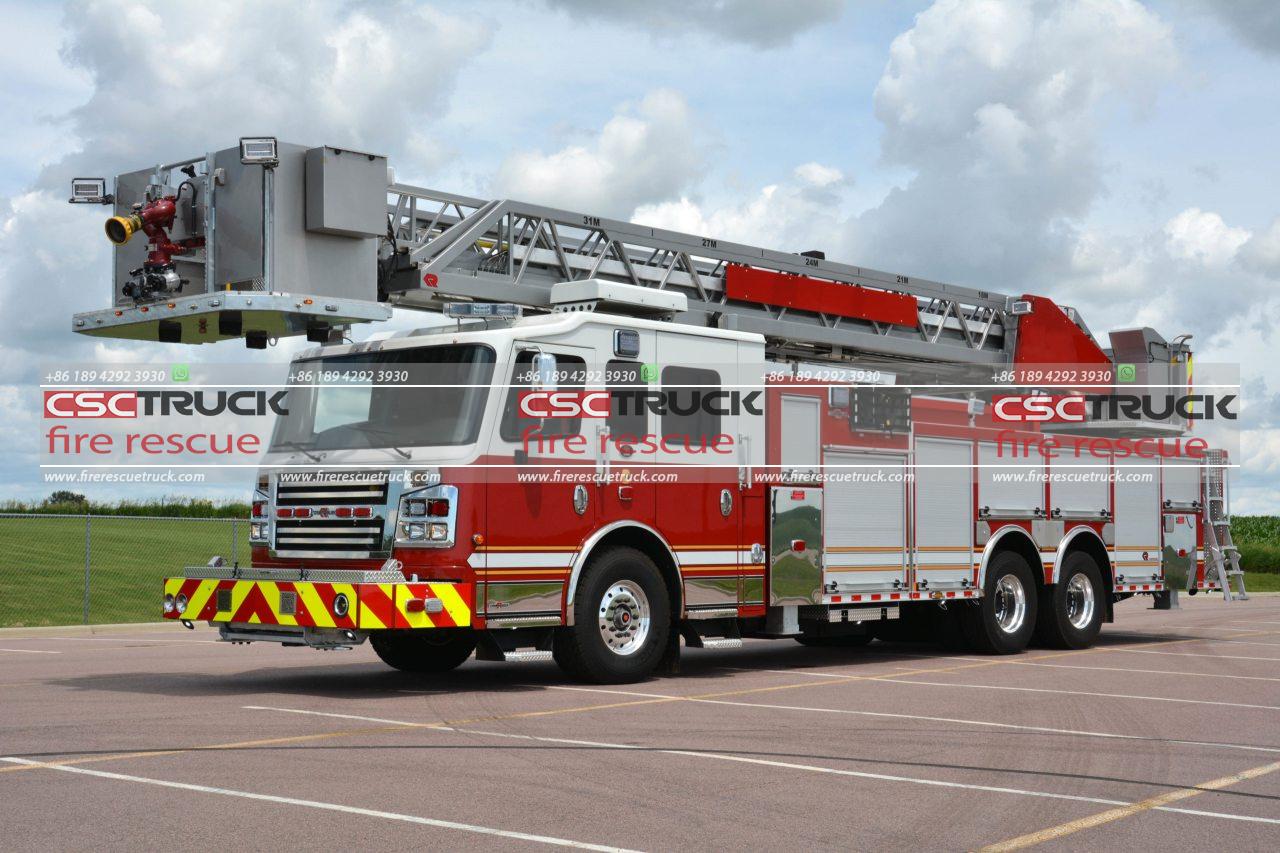Combined Fire Truck: The Versatility of Combined Firefighting Equipment
In the complex world of emergency response, versatility and efficiency are paramount. Among the diverse vehicles in a firefighter’s arsenal, the combined fire truck stands out as a true multitasker. Designed to handle various emergency scenarios, this specialized vehicle integrates multiple firefighting and rescue capabilities into a single, cohesive platform. From urban infernos to rural rescues, the combined fire truck represents the pinnacle of engineering innovation and operational adaptability.
What is a Combined Fire Truck?
A combined fire truck, also known as a multifunctional fire truck, is a vehicle that incorporates a range of firefighting, rescue, and support equipment. Unlike standard fire engines, which may focus solely on pumping water or transporting firefighters, combined fire trucks are designed to tackle a variety of emergencies. This includes fire suppression, high-angle rescues, flood response, and hazardous material containment.
The versatility of a combined fire truck lies in its ability to be configured with multiple systems, such as:
- Water and Foam Systems: For combating fires in different environments.
- Ladders and Hydraulic Platforms: For reaching high-rise structures and conducting rescues.
- Rescue Tools: Including cutters, spreaders, and other hydraulic equipment.
- Hazardous Materials Equipment: For dealing with chemical spills and contamination.
- Medical Supplies: To provide first aid during emergencies.
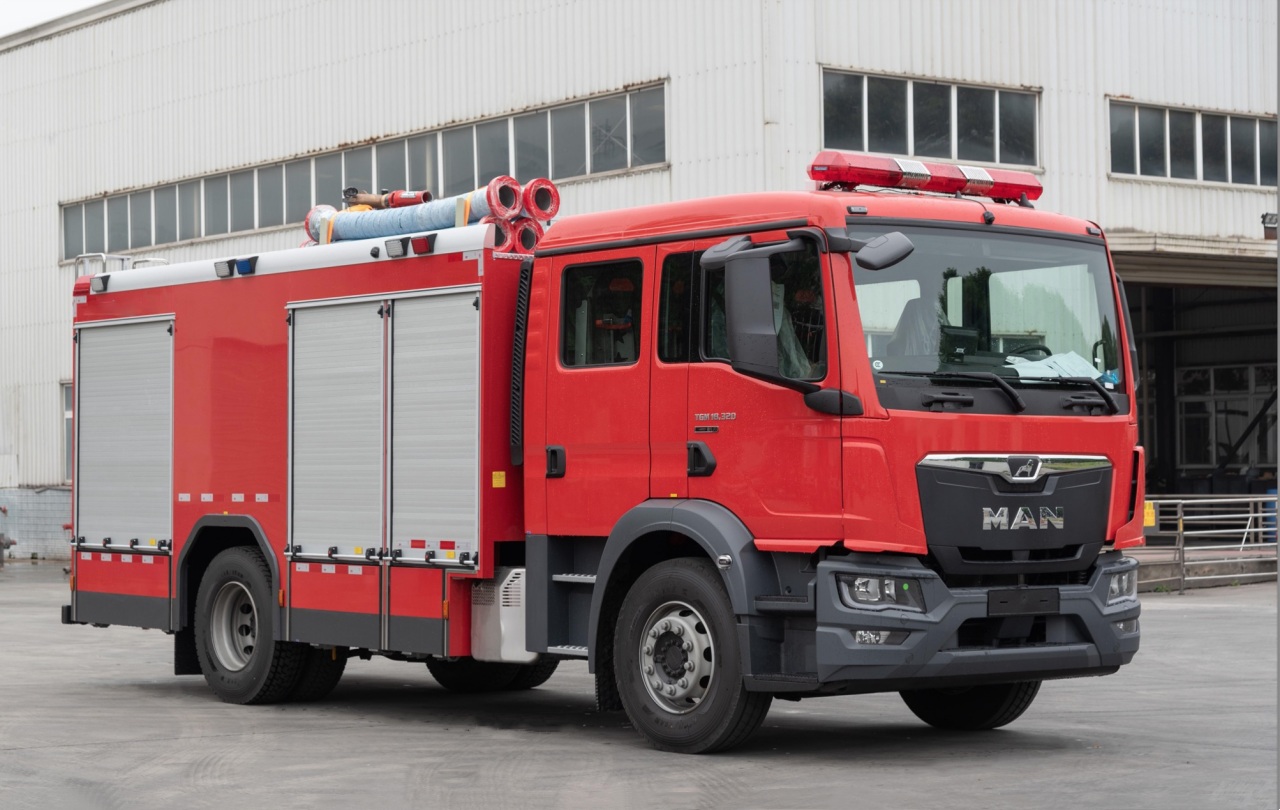
Design Features of Combined Fire Trucks
The design of combined fire trucks reflects their multifunctional role. Every aspect, from the truck chassis to the onboard equipment, is meticulously planned to ensure optimal performance in diverse conditions.
1. Chassis and Engine
Combined fire trucks are built on robust chassis capable of handling significant loads and navigating challenging terrains. These vehicles often feature:
- All-Wheel Drive (AWD): To ensure mobility in off-road or rugged environments.
- Powerful Engines: For carrying heavy loads of equipment and water tanks.
- Compact Turning Radius: For maneuvering in urban areas with tight spaces.
2. Water and Foam Tanks
The truck’s firefighting capabilities are enhanced by onboard water and foam tanks. These tanks vary in size depending on the truck’s intended use:
- Urban models typically carry smaller tanks, relying on nearby hydrants.
- Rural models are equipped with larger tanks to compensate for limited water sources.
Foam systems are particularly effective for combating oil and chemical fires, making them a critical feature of combined fire trucks.
3. Pumping Systems
High-performance pumps ensure efficient water delivery during firefighting operations. These pumps are often designed with variable pressure controls to handle different scenarios, from high-pressure jets for structural fires to low-pressure streams for forest fires.
4. Rescue and Support Equipment
Combined fire trucks are equipped with an extensive array of rescue tools, including:
- Hydraulic Rescue Tools: Such as the “Jaws of Life” for extricating victims from vehicles.
- Rope and Harness Systems: For high-angle rescues and confined space operations.
- Lighting Systems: To illuminate emergency scenes during nighttime operations.
- Medical Kits: For immediate first aid and trauma care.
5. Technology Integration
Modern combined fire trucks feature advanced technology for enhanced situational awareness and operational efficiency. Examples include:
- Thermal Imaging Cameras: For locating hotspots and trapped victims.
- Communication Systems: Enabling seamless coordination with other emergency units.
- Navigation and GPS: For rapid response in unfamiliar areas.
- Drones: For aerial reconnaissance and monitoring.
Applications of Combined Fire Trucks
The multifunctional nature of combined fire trucks makes them indispensable in a wide range of emergency scenarios.
1. Urban Firefighting
In densely populated cities, combined fire trucks excel at navigating narrow streets and addressing various emergencies. Their ability to carry both water and foam systems, along with rescue tools, ensures rapid and comprehensive responses to structural fires, vehicle accidents, and more.
2. Rural and Wildland Firefighting
In rural areas, where water sources are scarce, combined fire trucks with large-capacity tanks are invaluable. Their all-terrain capabilities allow them to traverse rugged landscapes and combat wildfires effectively. These trucks are often equipped with specialized nozzles for creating firebreaks and protecting surrounding areas.
3. Industrial Applications
Industrial facilities, such as factories and refineries, present unique challenges due to the presence of hazardous materials. Combined fire trucks equipped with chemical-resistant suits, foam systems, and containment tools are critical for mitigating these risks.
4. Disaster Response
In the aftermath of natural disasters, such as earthquakes or floods, combined fire trucks play a pivotal role. They assist in search and rescue operations, provide medical aid, and ensure safe evacuation. Their onboard communication systems are also vital for coordinating large-scale emergency responses.
5. Specialized Missions
Some combined fire trucks are tailored for specific missions, such as airport firefighting. These vehicles are equipped with high-capacity foam systems and rapid-response capabilities to address aircraft emergencies.
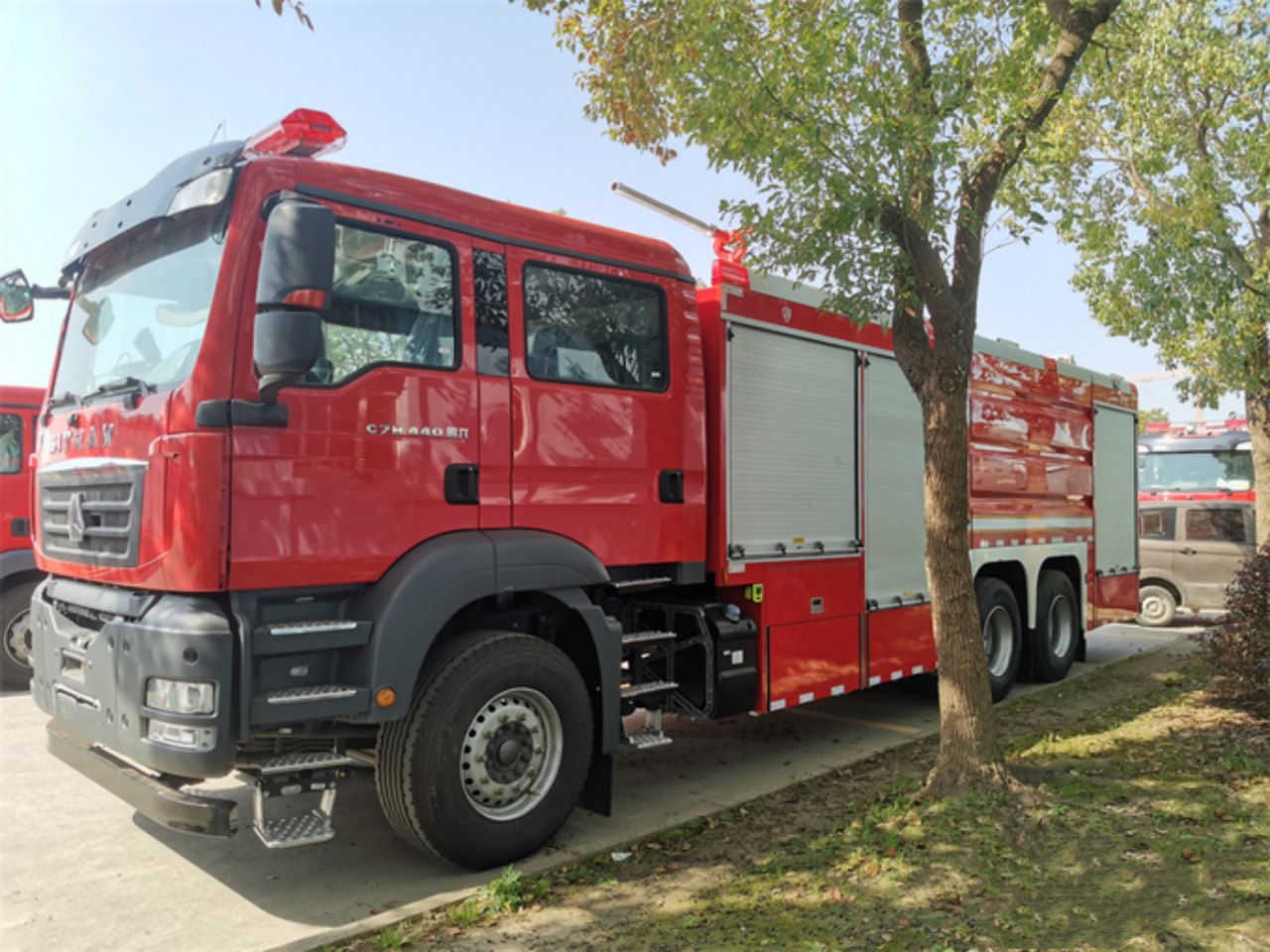
Advantages of Combined Fire Trucks
The versatility of combined fire trucks offers numerous advantages over traditional single-purpose vehicles:
1. Cost-Effectiveness
By consolidating multiple functions into 1 vehicle, fire departments can reduce the need for separate units, lowering overall procurement and maintenance costs.
2. Operational Efficiency
Combined fire trucks streamline operations by eliminating the need to deploy multiple vehicles to a single incident. This saves time and ensures a more coordinated response.
3. Space Optimization
For fire departments with limited garage space, combined fire trucks provide a compact solution, housing multiple tools and systems in a single chassis.
4. Adaptability
These trucks can be customized to suit the unique needs of different regions, whether it’s urban, rural, or industrial environments.
Challenges and Considerations
Despite their many benefits, combined fire trucks also present certain challenges:
- Complexity: The integration of multiple systems requires advanced training for operators and maintenance personnel.
- Initial Cost: The upfront investment for a combined fire truck can be higher than for single-purpose vehicles.
- Weight and Size: The added equipment may increase the vehicle’s weight, potentially limiting its maneuverability.
- Maintenance: Ensuring the reliability of all onboard systems demands rigorous and regular maintenance.
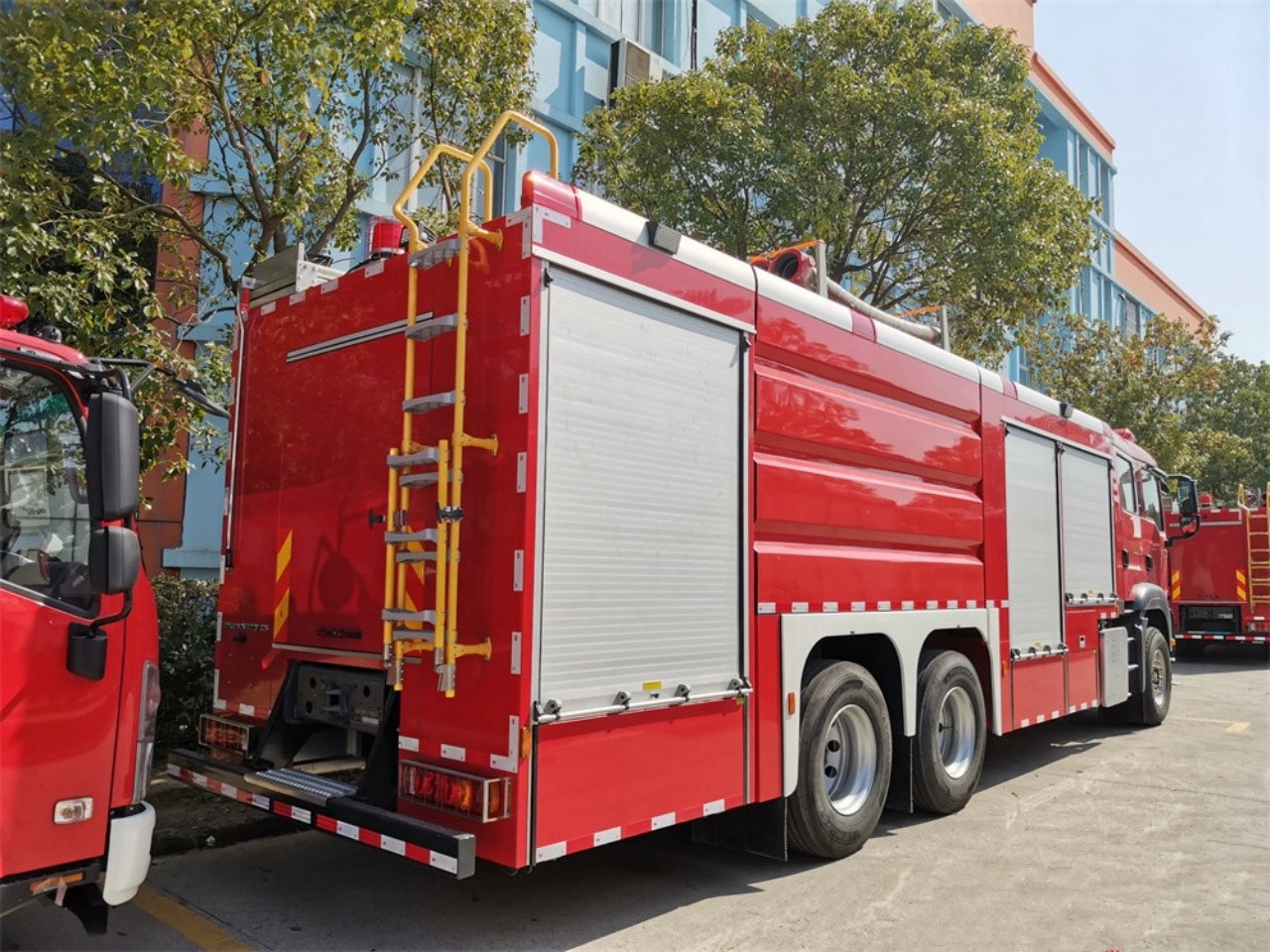
The Future of Combined Fire Trucks
As technology continues to evolve, the future of combined fire trucks looks promising. Innovations such as electric drivetrains, autonomous navigation, and advanced robotics are poised to enhance their capabilities further. Additionally, the integration of artificial intelligence (AI) could revolutionize emergency response by providing real-time data analysis and predictive insights.
Environmentally sustainable features, such as hybrid engines and eco-friendly firefighting agents, are also becoming a priority, aligning with global efforts to reduce carbon footprints.
Conclusion
The combined fire truck is more than just a vehicle; it is a testament to human ingenuity and the relentless pursuit of safety and efficiency. By bringing together diverse firefighting and rescue functions, it empowers first responders to tackle emergencies with unparalleled versatility. As challenges grow increasingly complex, the combined fire truck stands ready to adapt, ensuring that communities worldwide can face the unexpected with confidence and resilience.
